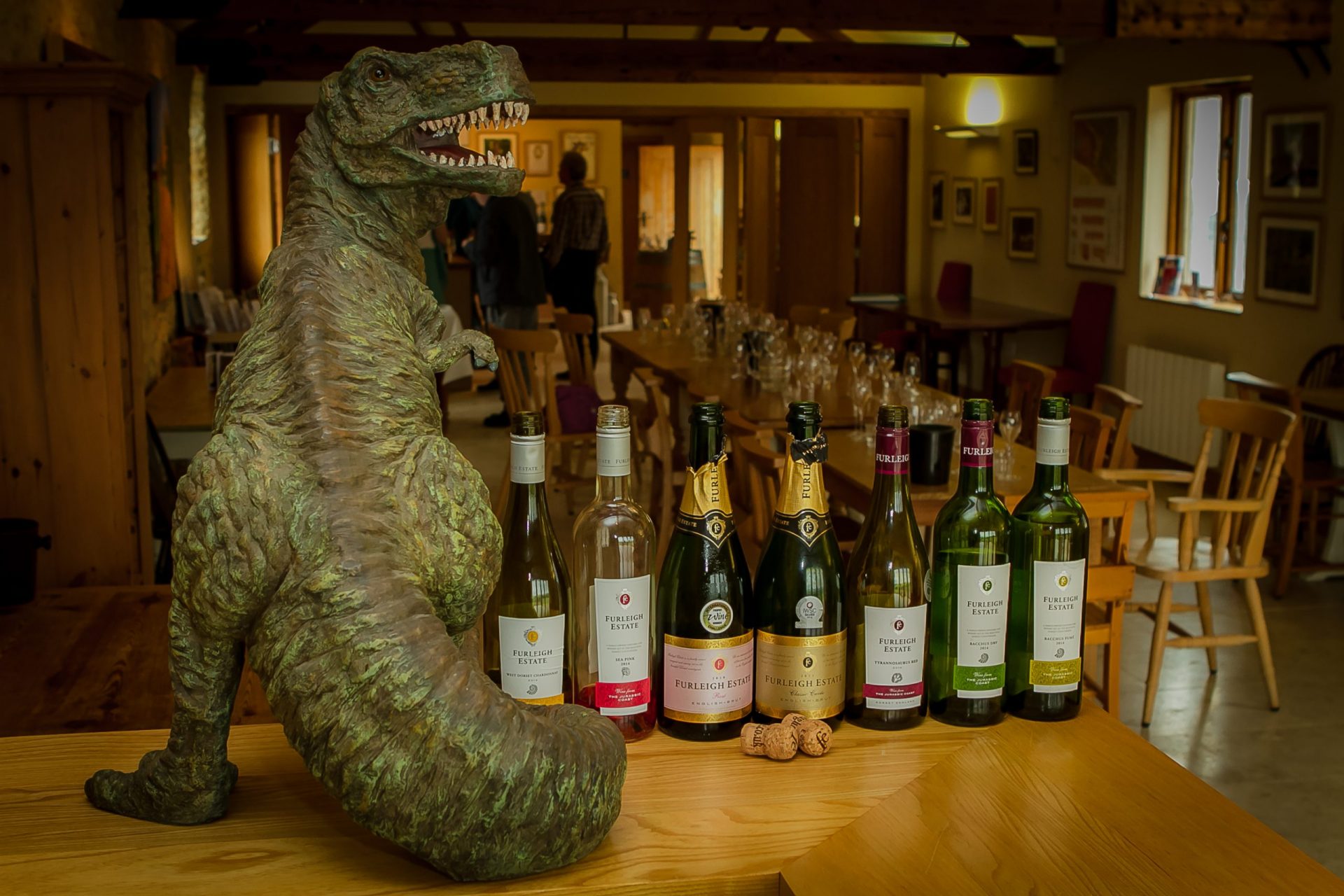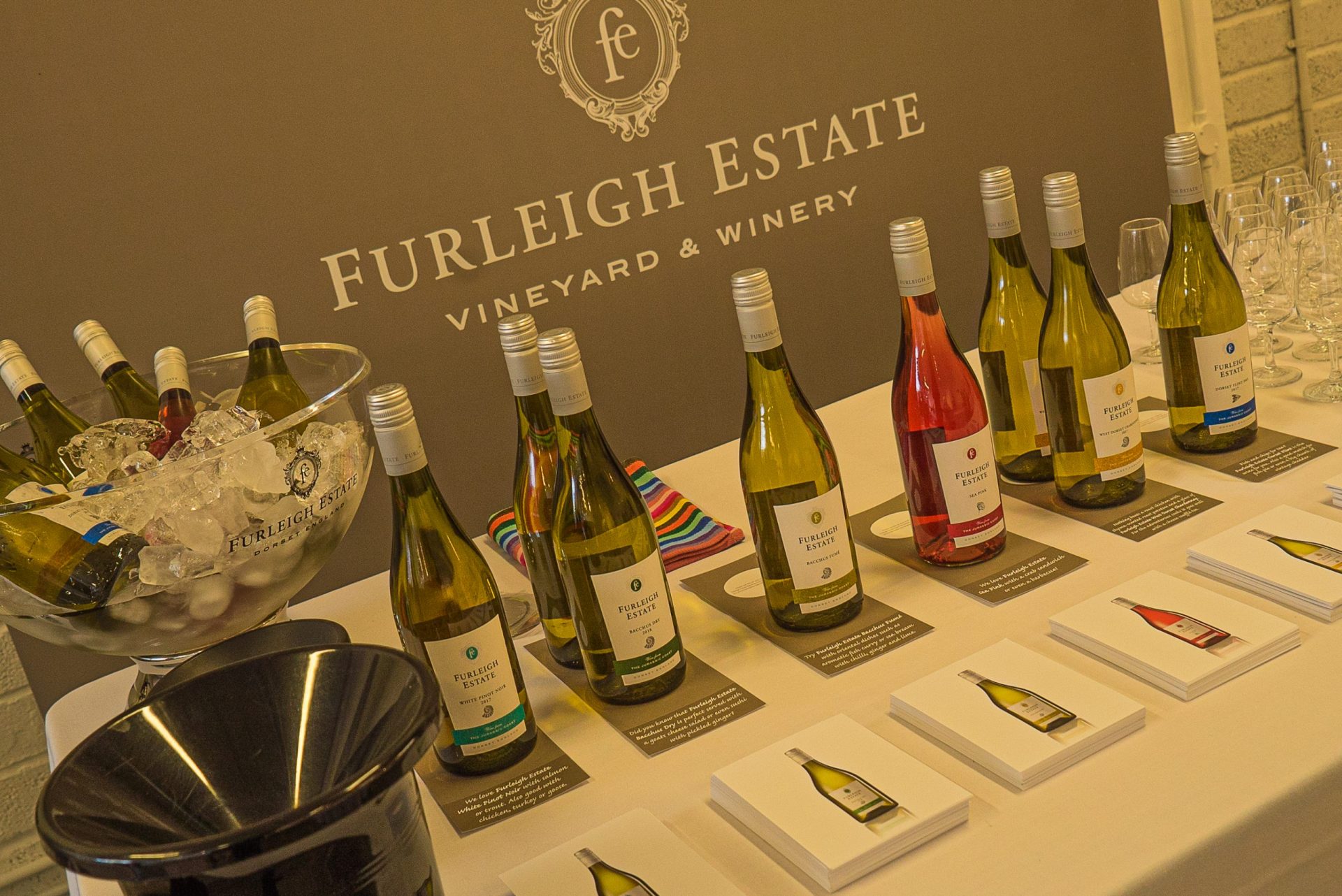
Wine Technical Sheets
Technical Sheets for the full Furleigh Estate range. Learn about the vintage conditions and winemaking processes that went into your favourite bottle of wine.
Sparkling Wines
Still Wines
Wines & Vines at Furleigh Estate
Furleigh Estate is family owned and run and we work hard on every aspect, with the help of our small team, to achieve our carefully managed, annual production of top quality, premium sparking and still wines.
Everything we produce is from our own vineyards and made in our own, purpose-built winery. We hope the wines we create are an expression of their careful, patient handling and our Thorncombe Sands terroir, encapsulating the beautiful, sunny, West Dorset countryside, just 5 miles from The Jurassic Coast, World Heritage Site.
Location & Vineyards
- Salway Ash, Bridport, Dorset, SW England
Total 16 ha – 8ha at Furleigh, around the winery and 8ha Hingsden Lane – 1 mile away - Vines: planted 2005 & 2006
- Soils: Thorncombe Sand – green sand, sedimentary sandstone, dating from the Early Jurassic Period, giving free draining, sandy, loamy soils.
- Climate: Climate mild, early spring, late autumn, long, sunny growing season, suited to slow ripening, low, lying sites protected from any rare, severe frosts.
- Cultivation: VSP (vertical shoot position) trellising to help protect against wildlife and give easier access to the vines. Full natural ground cover to prevent soil erosion. Tunnel sprayer for careful, regular protection against downy mildew. Winter pruning for bud restriction, leaf plucking after flowering.
- Yields: average 4 tonnes c. 22hl/ha (vintage variation)
- Harvesting: by hand in October – 20kg crates
Winemaking & Cellar Management
We have our own purpose-built winery here at Furleigh as well as a temperature-controlled bottle store. Ian defines his winemaking as “a light-handed approach”, both in the vineyard and in the winery, supported with “the right, high-tech equipment”. His ethos revolves around the careful handling of the grapes at every stage, particularly using effective temperature control, to avoid inclusion of any bitter components and to manage the inherent, naturally high acidity.
The aim is to minimise intervention to keep the natural balance of the wine, to encourage development of finesse in the mousse and maintain expression of terroir.
- Suitability: All our wines are vegetarian & vegan friendly.
- Pre-fermentation: Willmes pneumatic (balloon) press, inverted, prior to pressing to allow an initial run-off of any debris or oxidised elements.
Sparkling Wines
- 1st pressing: only the “cuvée” is used for the sparkling wines via slow, gentle, whole bunch pressing to extract the middle berry juice, then cold settling for 48 hours 11°deg, rack off clean juice.
- Fermentation: using cultured yeasts, all in stainless steel, followed by addition of malolactic culture and temperature-controlled warming, up to 3 months to ensure full malolactic conversion.
- Pre-bottling: 6 months on average, in tank on lees, followed by cold stabilisation to precipitate tartrate crystals and filtration using Kieselgur, which also removes fatty acids, creating a smoother texture in the wine.
- Tirage: the wines are tasted and then blended before adding the liqueur de tirage [yeast and sugar] to start their 2nd fermentation in bottle. A small proportion of wine in tank is kept back as reserves.
- Maturation: 70 months cellaring, on lees, in bottle for autolysis [yeast cells, break-down and contribute their tertiary flavours to the wine] .
- Remuage: using Giropallets over 1 week [slow mechanical, gradual rotation and inversion of bottles to upright “sur pointe” to ensure all the lees are in the neck] before disgorgement [bottle neck is frozen to extract frozen plug containing lees].
- The wine is then topped up with the Dosage: [blend of wine and sugar] a careful evaluation is required for each vintage to achieve the correct dosage.
Still Wines
- Pressing: only the “thaille” is used for the still wines via extended, gentle, whole bunch pressing to extract the flavourful juice just under the skin, then cold settling for 48 hours at 11°, before racking off clean juice.
- Fermentation: Temperature-controlled fermentation (max 11°) using cultured yeasts, all in stainless steel tanks, followed by addition of malolactic culture and temperature-controlled warming, up to 3 months to ensure full malolactic conversion.
- Pre-bottling: Some of our wines spend time on oak, followed by cold stabilisation to precipitate tartrate crystals and filtration using Kieselgur, which also removes fatty acids, creating a smoother texture in the wine.

